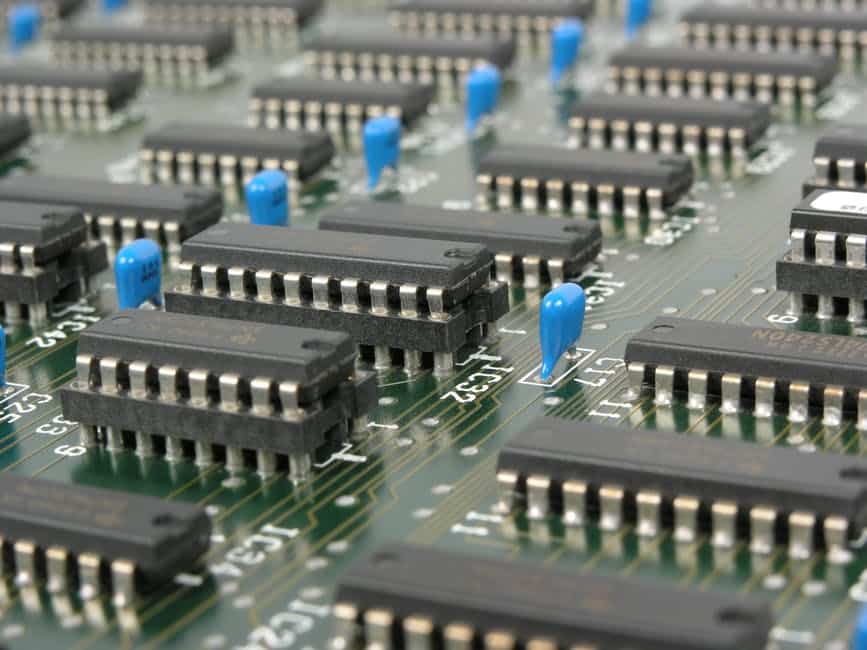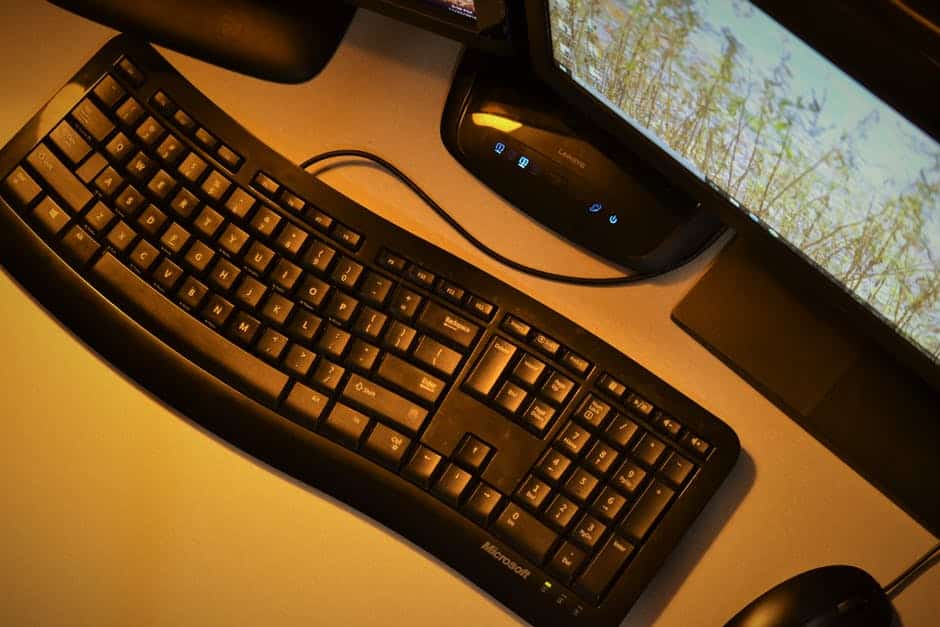Computer security revolves around software and encryption. Leaving an open network connection or choosing weak passwords can lead to a data breach that costs your business clients. But physical protection for your computers and mobile devices is just as crucial, maybe even more so. Take steps now to protect your hardware and prepare a plan in the event of theft or loss.
What can you do to prevent the loss of the actual devices?
If you have an office space for your small business, make sure the devices are locked or secured. You can either have employees take their laptops home or keep them in a secure drawer at night, and you can install security cameras around the exits. Installing tracking software or adding RFID stickers can also make stolen or lost devices easier to recover.
What software should you add in case of theft?
Losing a device is a little like losing a credit card: you’re unlikely to get it back, and even if you do someone can do a lot of damage in the brief window they have it. So install software that can remotely wipe a computer. This software should remove files, Internet history, and any caches, as well as any specific business information. You could also install programs that lock down a computer without erasing the data, but that’s potentially riskier.
Sometimes devices get lost, even with a small team of vigilant employees. Phones are small and constantly put on tabletops, and as business travel becomes more and more important there are just more opportunities for physical theft and loss. Prepare for the worst so you can keep your data secure, and go to Bluwater Technologies for managed IT support that can enable your security practices.






